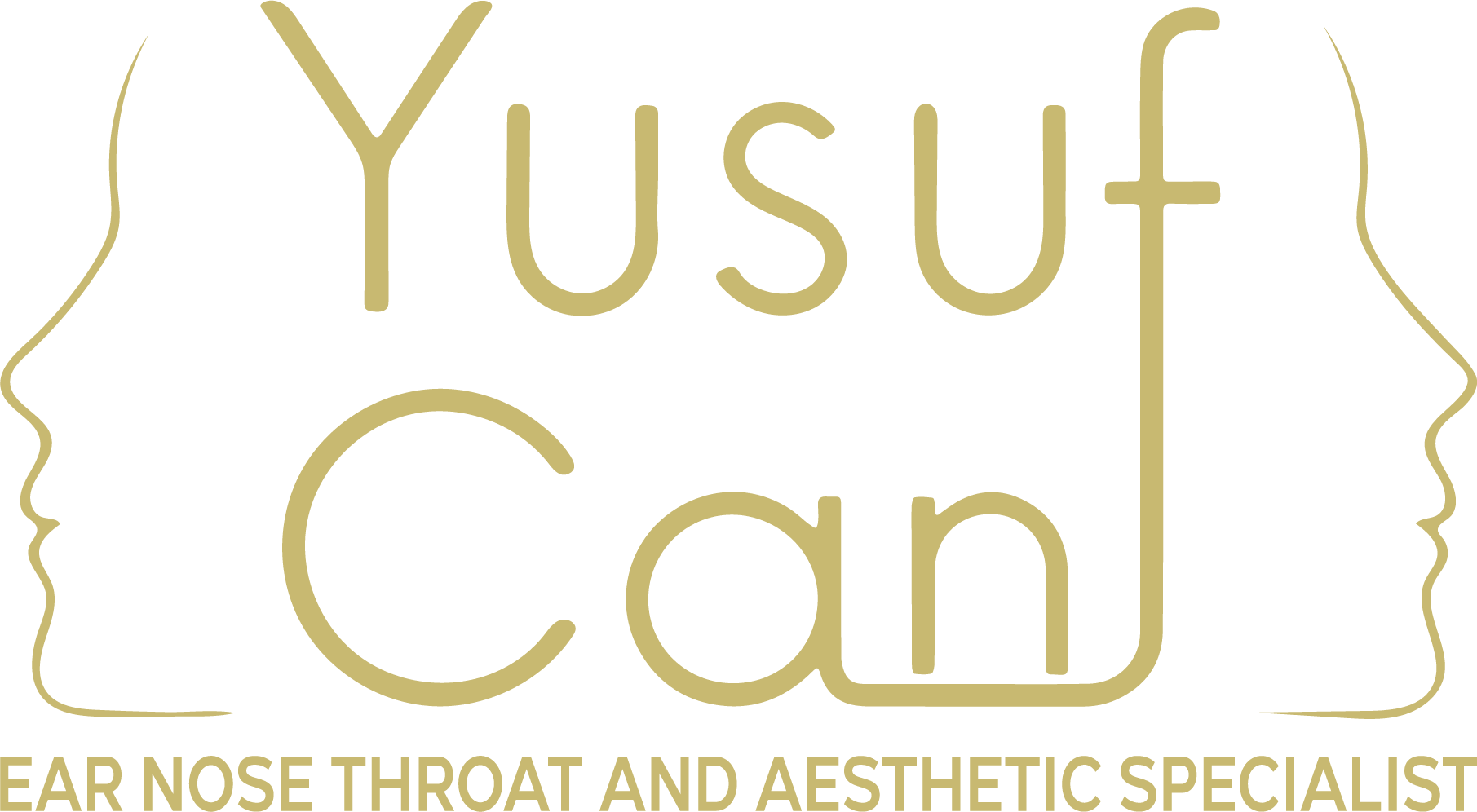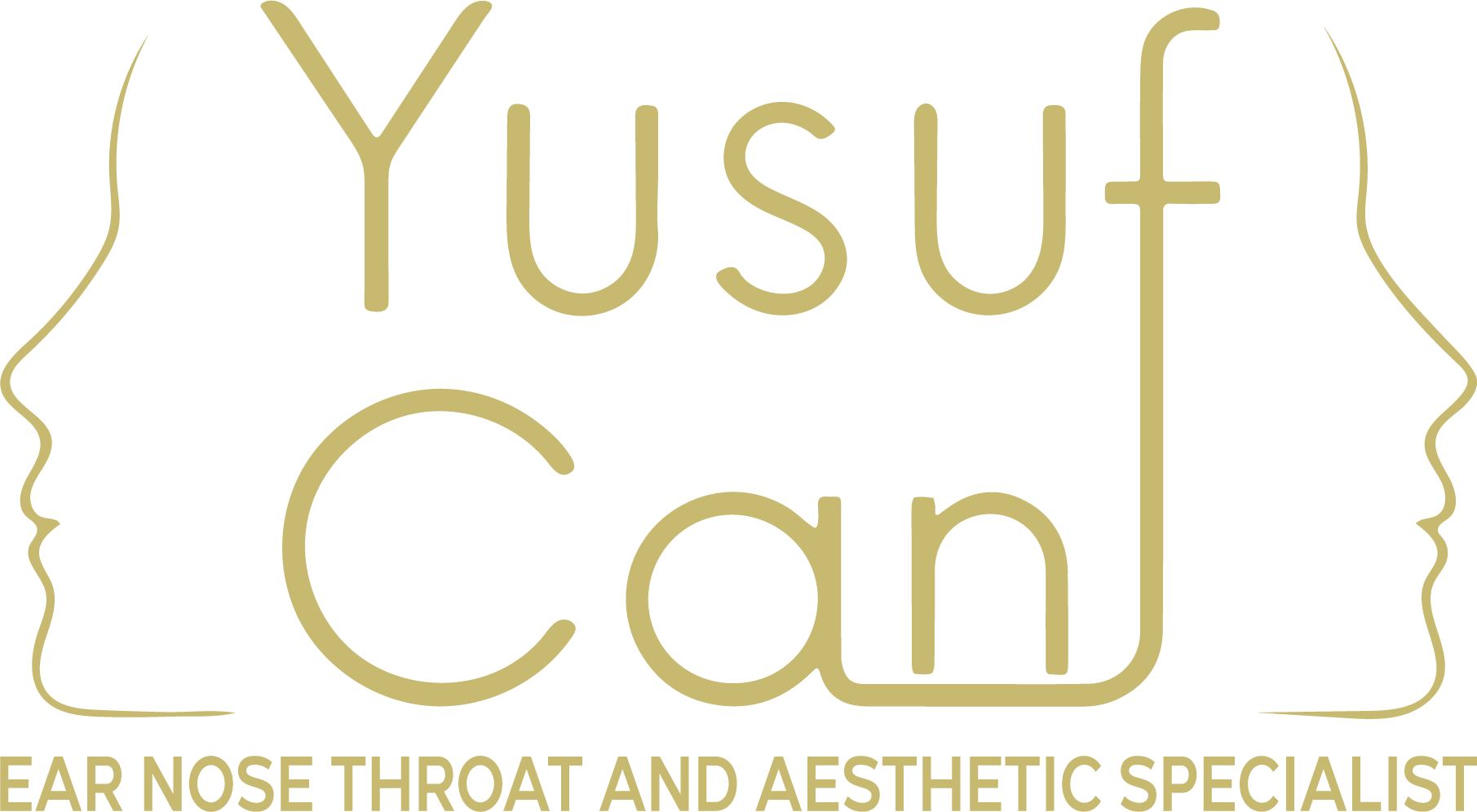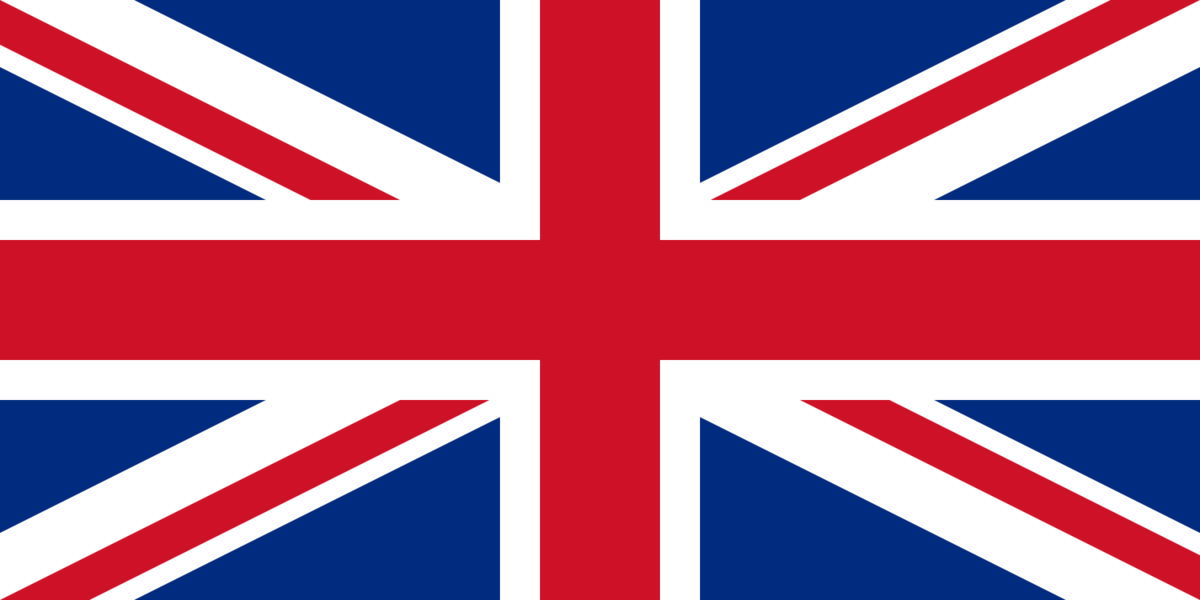What is Sleep Apnea?
It is a respiratory arrest of at least 10 seconds that occurs in the upper respiratory tract during sleep in line with the changing degree of collapse in the breathing phase. Respiratory arrest during sleep apnea lasts at least 10 seconds, but it has been observed to last longer. Sleep apnea is a condition of decreased oxygen saturation in the blood as well as respiratory arrest.
There are muscles in the upper respiratory tract that keep it open. The occurrence of inability to breathe for at least 10 seconds as a result of relaxation in the muscles that keep the upper respiratory tract open for various reasons or blockage of the airway due to tongue root, soft palate, overgrown tonsils is called sleep apnea.
Sleep apnea is a process in which breathing stops and respiratory effort continues. In fact, the brain is stimulated by the excessive increase in respiratory effort during sleep apnea, thus opening the airway. For this reason, people with sleep apnea snore until breathing stops, then continue to breathe and snore again with a loud grunt.What are the Types of Sleep Apnea?
We can list the main types of sleep apnea as follows;
Obstructive Sleep Apnea: It is a type of sleep apnea that occurs as a result of obstruction of the upper respiratory tract by various factors. The most common type of sleep apnea is obstructive sleep apnea.
Central Sleep Apnea: Certain signals in the brain are responsible for controlling breathing. The respiratory function is realized by activating the muscles responsible for breathing with the signals sent by the brain. Central sleep apnea occurs when the brain fails to send appropriate signals to the muscles that control breathing.
Mixed Sleep Apnea: It is a type of sleep apnea in which both obstructive and central sleep apnea are seen together.
What are the Symptoms of Sleep Apnea?
Symptoms of sleep apnea are often similar. Especially the symptoms of obstructive and central sleep apnea syndrome are very similar to each other, which makes it difficult to determine the type of sleep apnea. In this respect, we can list the symptoms of sleep apnea as follows;
- Loud snoring is the most important symptom of sleep apnea in general, although it is more common in obstructive sleep apnea.
- Attacks of respiratory arrest during sleep
- Sleeplessness
- Excessive sweating
- Depressed mood and mental tension-Attention deficit and problems
- Various stomach disorders such as reflux
- Nervousness
- Frequent urination during sleep
- Sleep transition and restlessness during sleep
- Sudden awakenings from sleep are more common in central sleep apnea.
- Waking up in the morning with dry mouth and sore throat
- Waking up with a headache in the morning
- Weakness and fatigue when waking up from sleep
In people with sleep apnea, oxygen saturation in the blood decreases and the problem of being constantly sleepy during the day occurs.
Sleep Apnea Diagnosis
After listening to the patient's complaints in detail, a general examination and especially an ear, nose and throat examination are performed.
Certain radiological examinations, such as MRI and CT, are performed to visualize the airways in detail and to evaluate stenosis.
In order to make a definitive diagnosis of sleep apnea, a sleep analysis called polysomnography must be performed. The polysomnography test records brain activity and respiratory events throughout the night, so that the most accurate diagnosis can be made.
What are the Treatment Methods for Sleep Apnea?
Sleep apnea treatment is determined according to the level of the disease. The treatment options applied in line with the extent of sleep apnea can be listed as surgical treatment, positive air pressure, lifestyle changes.
The most prioritized point in the treatment of sleep apnea is to get rid of excess weight if the person is overweight. It should be ensured that the person gets rid of excess weight and avoids the consumption of substances such as smoking and alcohol.
In cases of advanced sleep apnea, upper airway stenosis may require surgical treatment.
In advanced sleep apnea problems, devices called CPAP, which provide positive air pressure, can be used. With the help of these devices, the upper airways are kept open continuously during sleep. Thus, apnea formation can be prevented and snoring treatment is also provided. Positive air pressure devices are used with a silicone air mask. In line with the effect of the treatment and the patient's preference, automatic regulation can be made or the patient can be followed up by switching to a constant pressure device.
In people who have difficulty in using devices that create positive air pressure or who have mild sleep apnea, the lower jaw can be brought forward with an intraoral appliance, thus preventing obstruction of the respiratory tract by allowing the tongue to fall back.






